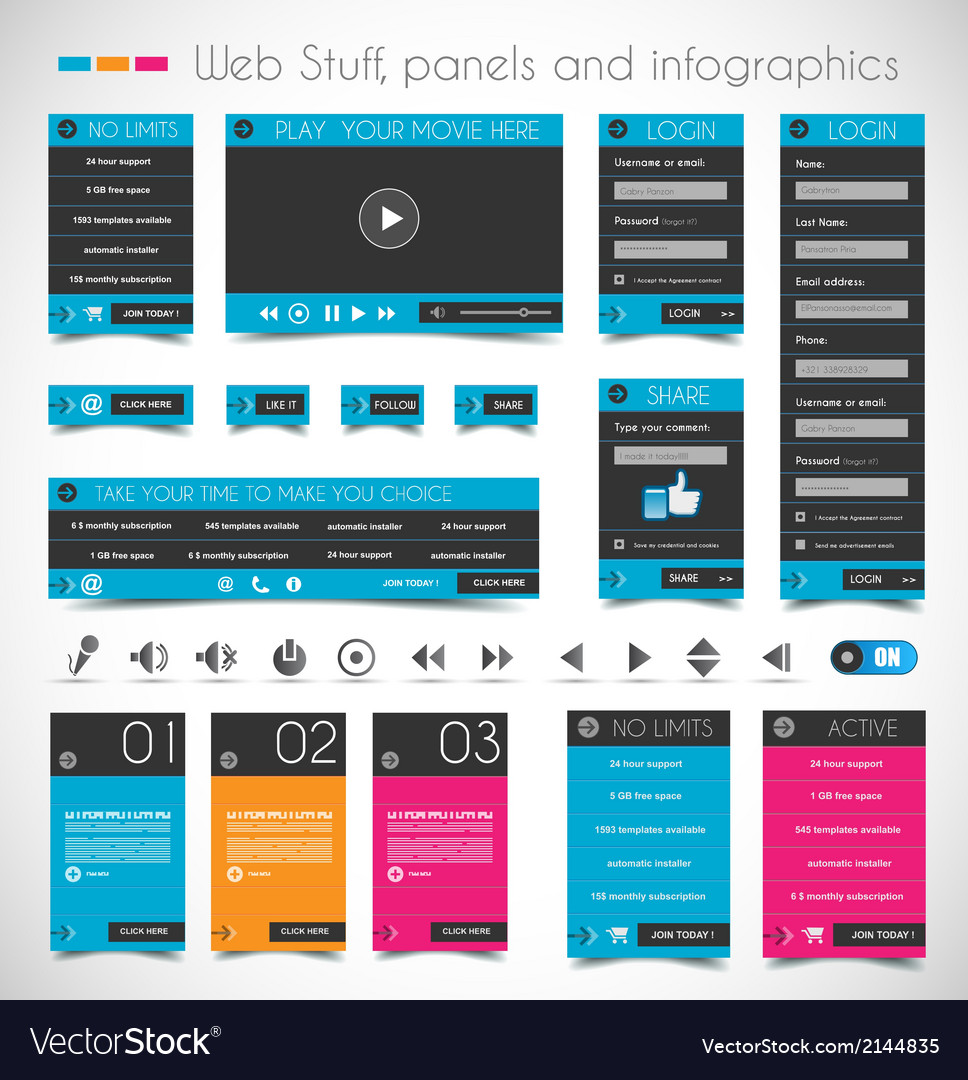Boost Your Web Site'S Customer Experience And Pursue Design Quality With Our User-Friendly And Functional Tips And Methods
Boost Your Web Site'S Customer Experience And Pursue Design Quality With Our User-Friendly And Functional Tips And Methods
Blog Article
Material Create By-Gates Bengtsen
Master the art of website design by concentrating on individual experience. Craft user-friendly navigating and choose mobile optimization to boost the browsing experience. Make sure very easy navigating with clear headings and attractive visuals. Focus on mobile responsiveness for a constant individual experience. By integrating these important layout concepts, you can develop an easy to use website that captivates visitors.
Vital Style Principles
When developing a web site, prioritize customer experience most of all else. Your primary goal must be to create a smooth and delightful experience for your site visitors. Beginning by guaranteeing that your site is easy to navigate. Use clear headings, organized menus, and instinctive buttons to assist customers via your material easily. Keep in mind, simpleness is crucial. Stay clear of cluttering your web pages with unnecessary components that can bewilder or perplex your target market.
One more important design concept is to see to it your web site is aesthetically appealing. Select a natural color pattern, high-quality images, and legible fonts to improve the general look of your website. check it out is essential in developing a solid brand identification and making your site more unforgettable to customers.
Furthermore, focus on mobile responsiveness. With more people browsing the internet on their smart devices and tablets, it's crucial that your site looks and works well on all gadgets. Evaluate your website on various display sizes to ensure a smooth experience for all users. By focusing on these crucial layout principles, you can produce a straightforward site that keeps site visitors returning for even more.
User-Focused Navigating
To improve individual engagement and streamline their searching experience, focus on creating intuitive navigation pathways that lead site visitors perfectly via your internet site. Clear and efficient navigating is important for helping customers discover the info they need quickly and successfully. Start by maintaining your menu framework simple and easy to understand. Use descriptive tags that plainly indicate what material can be discovered under each menu choice. In addition, consider carrying out dropdown menus for subcategories to stop overcrowding the major navigation bar.
https://www.techtarget.com/searchcustomerexperience/news/252516012/Marketing-to-Gen-Z-takes-new-tech-channels-strategies of user-focused navigating is using breadcrumbs. Breadcrumbs are a second navigating aid that reveals individuals their current place on the internet site and enables them to conveniently browse back to previous web pages. This attribute is especially useful for customers who enter your site via a deep web link or a search engine result.
Moreover, including search performance prominently on your internet site can additionally boost individual navigating. A search bar allows customers to promptly discover specific web content without needing to click via numerous pages. Guarantee that your search bar is quickly visible and available on every page of your website for maximum use. By prioritizing user-focused navigation strategies, you can develop a more intuitive and satisfying surfing experience for your visitors.
Mobile Optimization Techniques
Think about maximizing your internet site for smart phones to ensure a smooth individual experience throughout various display dimensions. Mobile optimization is vital in today's digital landscape where a substantial portion of web surfing happens on smart devices and tablet computers.
To boost mobile use, start by carrying out responsive layout strategies. This technique allows your site to adapt to numerous display measurements, maintaining functionality and looks.
Focus on enhancing packing times for mobile users. Slow-loading web sites can deter site visitors and impact your search engine positions. Compress pictures, minimize HTTP requests, and utilize browser caching to improve loading speed. In addition, prioritize material hierarchy for mobile screens. Ensure that vital information is plainly presented, and navigating is intuitive, advertising simple access to essential sections.
Utilize touch-friendly components such as larger buttons and structured kinds to help with interaction on smart phones. Conduct comprehensive screening throughout different mobile systems to identify and fix any kind of functionality issues.
Conclusion
Finally, grasping the art of website design is crucial for producing an user-friendly site. By including necessary layout concepts, user-focused navigation, and mobile optimization methods, you can make certain a seamless and pleasurable experience for your visitors.
For example, a local bakeshop saw a 30% rise in on-line orders after overhauling their website to be much more user-friendly and mobile-responsive. Keep in mind, a well-designed internet site can make all the distinction in attracting and keeping clients.
